Luojia Hill, Wuhan - Ticketprijs, openingstijden, locatie en hoogtepunten
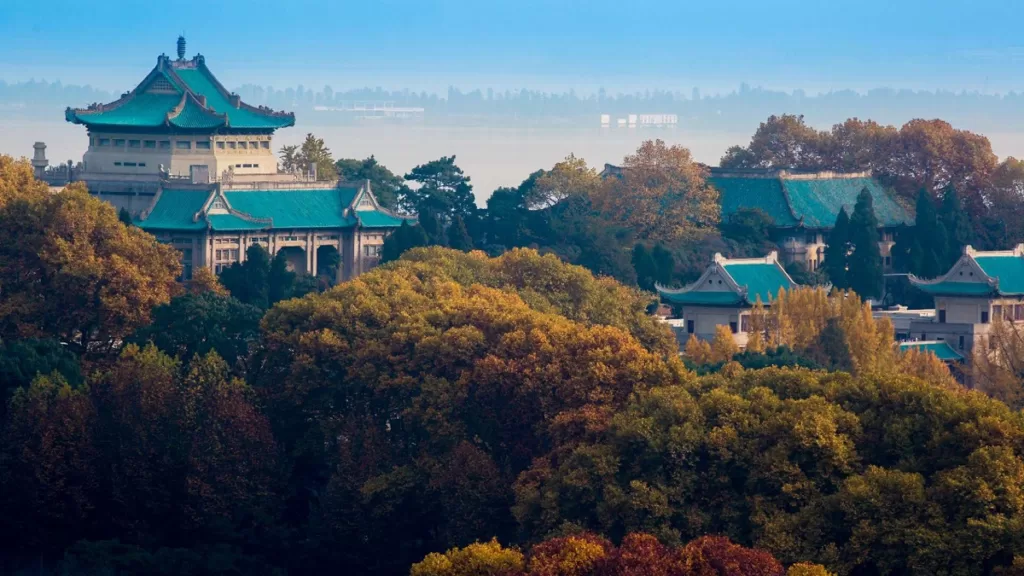

Nestled on the southwestern shores of East Lake, Luojia Hill (珞珈山), also known as Luojia Mountain, stands as the tallest peak on the southern bank, comprised of a series of interconnected small hills. This prominent natural landmark is home to one of China’s most esteemed institutions of higher education, Wuhan University. With an elevation of 118.5 meters, Luojia Hill’s summit offers breathtaking panoramic views of the lake and the city of Wuhan. The hill’s unique charm is further enhanced by its subtropical humid monsoon climate, ensuring distinct seasonal changes and lush vegetation.
Luojia Hill, formerly known as Luo Family Hill, was also referred to as Luojie Hill. The current name was bestowed upon it by Mr. Wen Yiduo, the first dean of the School of Literature at the National Wuhan University. “Luò” signifies hardness or firmness, while “jiā” refers to the headgear worn by ancient women. The homophonic resonance conveys the idea of the challenging journey and the uphill struggle that characterized the establishment of the university on this hill.
Inhoudsopgave
- Basisinformatie
- Locatie en vervoer
- Highlights of Luojia Hill
- Vlog about Luojia Hill
- Attractions near Luojia Hill
- Attracties rond East Lake
Basisinformatie
| Geschatte lengte van de tour | 1 - 2 uur |
| Ticket Prijs | Gratis |
| Openingstijden | 24 uur per dag |
Locatie en vervoer
Luojia Hill is situated in the central part of Wuchang District in Wuhan, Hubei Province, China. It is located on the southwestern shore of East Lake, adding to the scenic beauty and serenity of this natural landscape. To get there, you can choose the following ways:
Bus: Take bus 340, 386, 413, 552, 572, 587, or 591 and get off at Bayi Road Guangba Road Stop (八一路广八路站).
Metro: The closest metro station to Luojia Hill is Guanghutun (广埠屯) on line 2. After getting out of the station, transfer to Wuhan University Campus Bus 1 and get off at the School of Marxism Stop.
Highlights of Luojia Hill
Former Residence of Celebrities
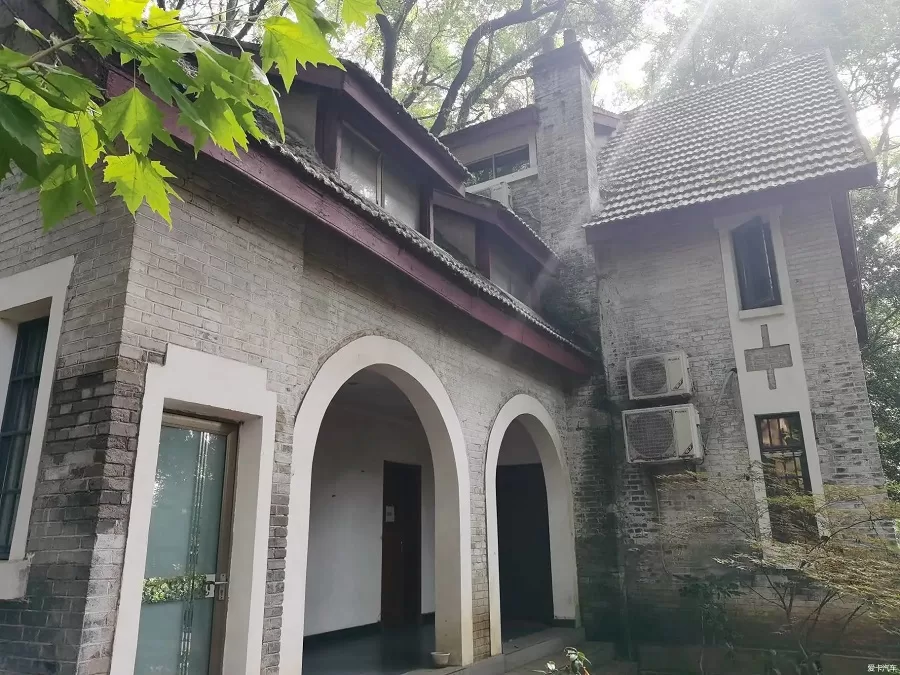
During the period of cooperation between the Nationalists and the Communists in the fight against the Japanese invasion, Wuhan held a crucial strategic position and became the center of the national resistance. Notably, Chiang Kai-shek and Zhou Enlai resided on Luojia Hill during this period, and their former residences are still preserved in good condition. Along the hill’s slope, several small villas were once inhabited by many renowned figures, including Guo Moruo, Yu Dafu, and Chiang Kai-shek. These villas are located in close proximity, making it a historically rich and interesting site for visitors.
Natural Scenery
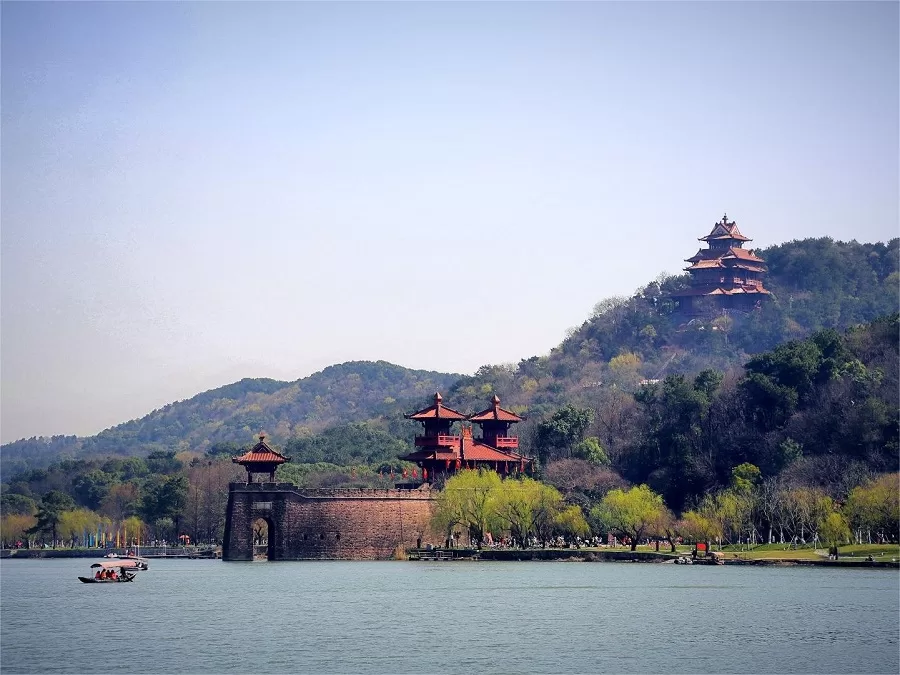
Luojia Hill boasts a unique natural landscape, with a profusion of intriguing rock formations. Some rocks resemble crouching lions and tigers, while others bear an uncanny resemblance to celestial turtles. Certain formations appear as couples in conversation, and others resemble fluttering banners or open books resting on a shelf. At the summit of Luojia Hill, a pagoda-like water tower provides a picturesque backdrop, with a vantage point that offers the best view of East Lake. Gazing into the distance, the expanse of water and sky, the distant hills, and the sails dotting the lake create an immersive experience that transcends one’s immediate surroundings.
Weelderige vegetatie

Luojia Hill is adorned with a lush variety of plant life. The majority of these plant species were introduced following the establishment of Wuhan University. In September 1933, the Wuhan University Botanical Garden began its formation, introducing 19 species of coniferous trees and 215 species of broadleaf trees. The garden also received over 800 species of woody and herbaceous plants as donations from institutions like Harvard University’s Arnold Arboretum, the Royal Botanic Gardens in the United Kingdom, and the Forestry Experimental Station of the Japanese Ministry of Agriculture, Forestry, and Fisheries. Due to the exigencies of wartime, in 1938, the university was relocated to Leshan, Sichuan, leading to the abandonment of fruit trees and forestry. However, in 1946, the university returned to Luojia Hill, bringing with it a multitude of seedlings from Shennongjia in Hubei, Huangshan in Anhui, Lushan in Jiangxi, as well as the Yunnan and Guizhou regions. As of today, Luojia Hill boasts over 800 species of seed-bearing plants belonging to 120 families and 558 genera, including 17 rare and endangered species from 11 families.
Cherry Blossom Avenue
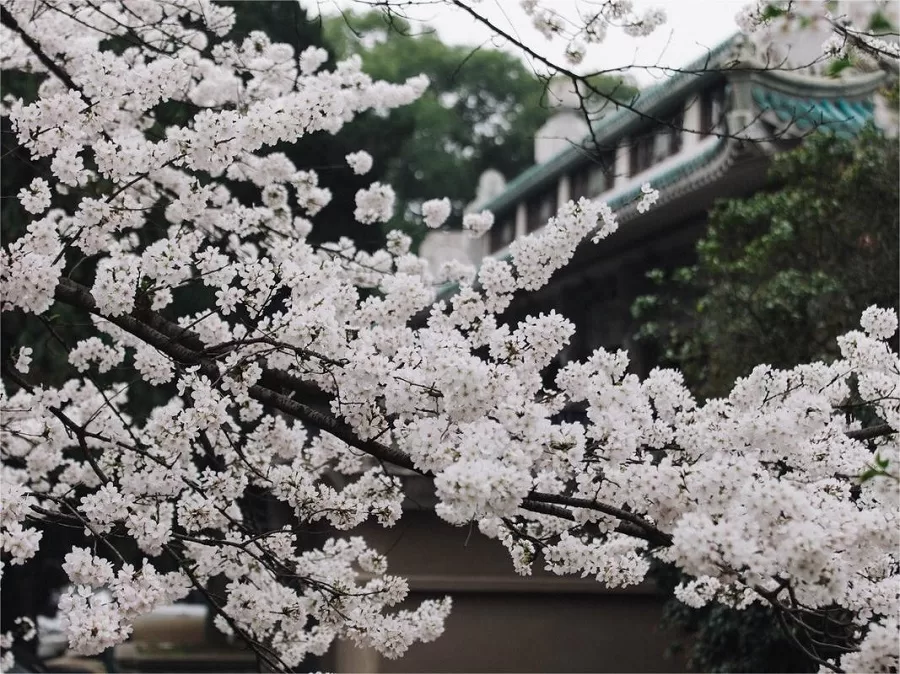
The Cherry Blossom Avenue of Wuhan University, located below the Faculty of Science and the old library, is a sight to behold. The cherry blossom trees lining the avenue stand tall and well-arranged, creating a mesmerizing canopy. Every year, from March to early April, Luojia Hill becomes adorned with the vibrant colors of cherry blossoms. The cherry blossoms bloom for only a week, creating a breathtaking spectacle of falling petals that blankets the earth with a delicate “flower carpet.” During this brief but enchanting period, visitors flock to Luojia Hill to witness this ephemeral display of nature’s beauty.
Vlog about Luojia Hill
Attractions near Luojia Hill
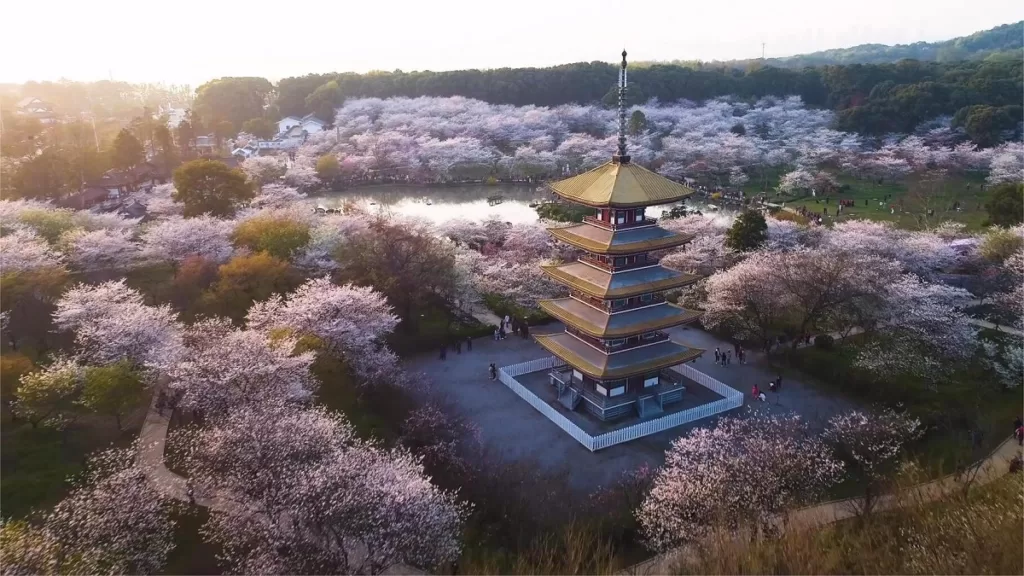
East Lake Cherry Blossom Park - Thuisbasis van meer dan 10.000 kersenbloesembomen
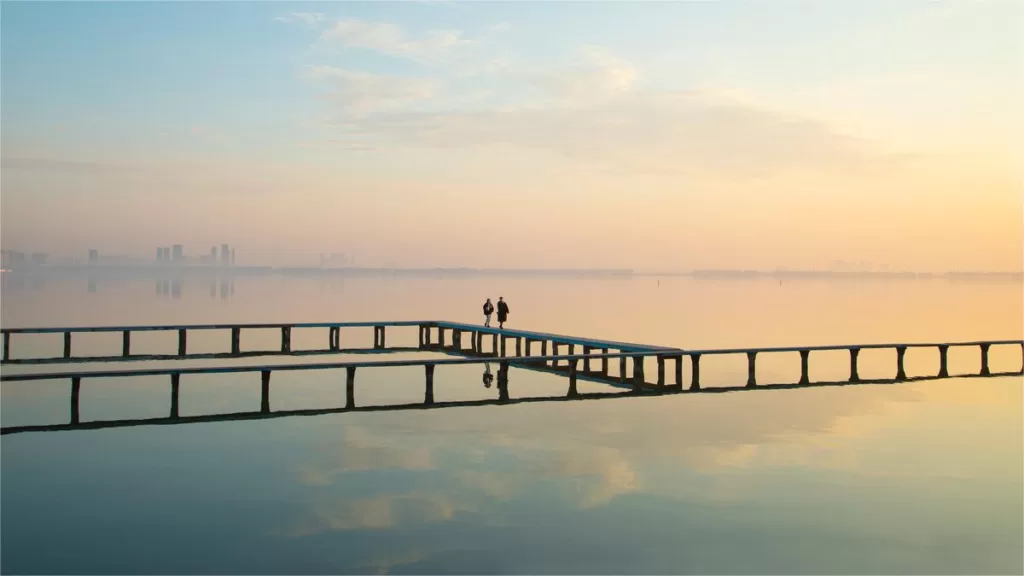
Lingbo Gate - Een openluchtzwembad
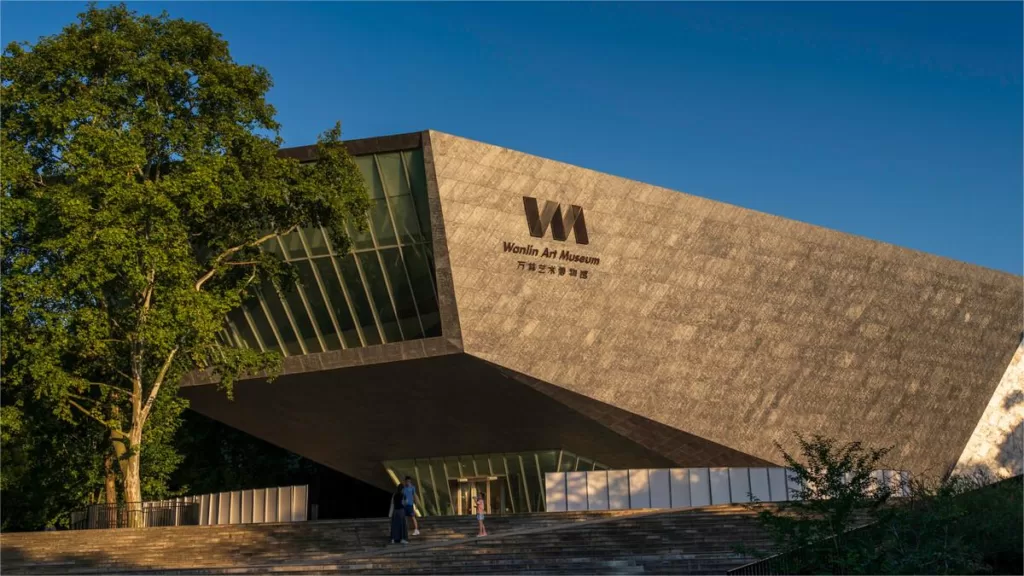
Wanlin Kunstmuseum van Wuhan Universiteit - Geschonken door Mr. Chen Dongsheng
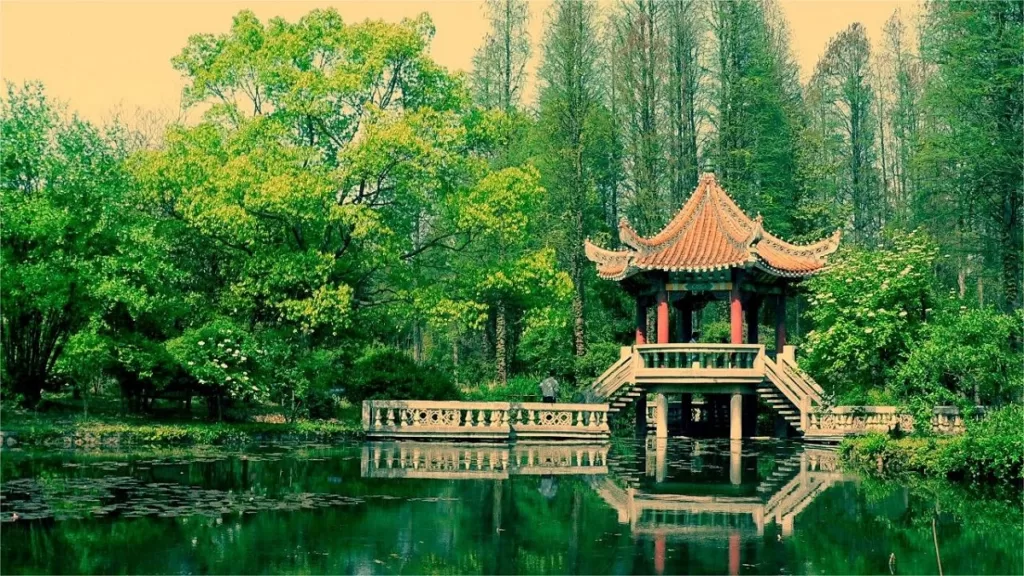
Botanische tuin van Wuhan - Een uitgebreid expositiecentrum
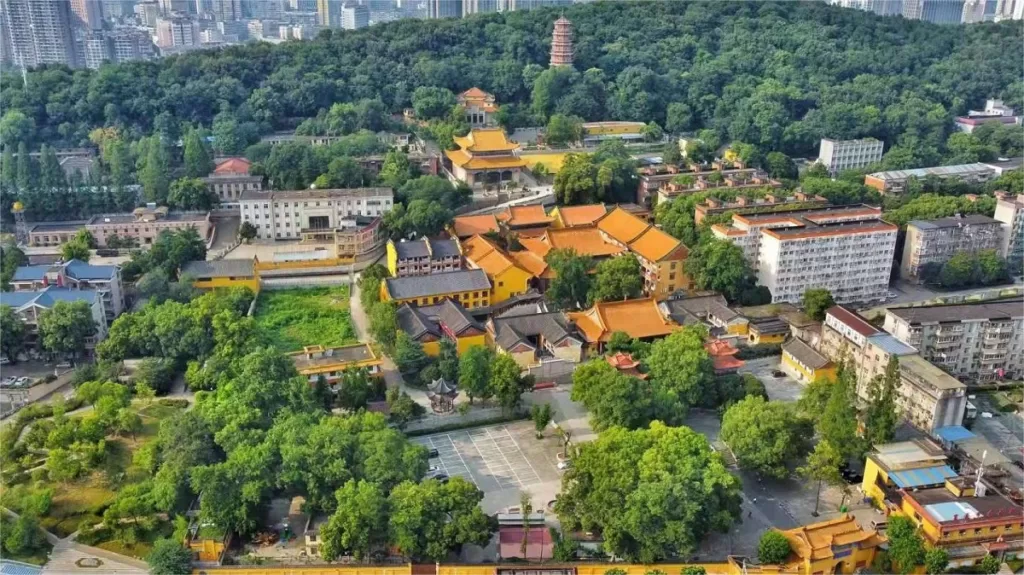
Baotong Tempel - Een tempel die meer dan 1580 jaar geleden werd opgericht
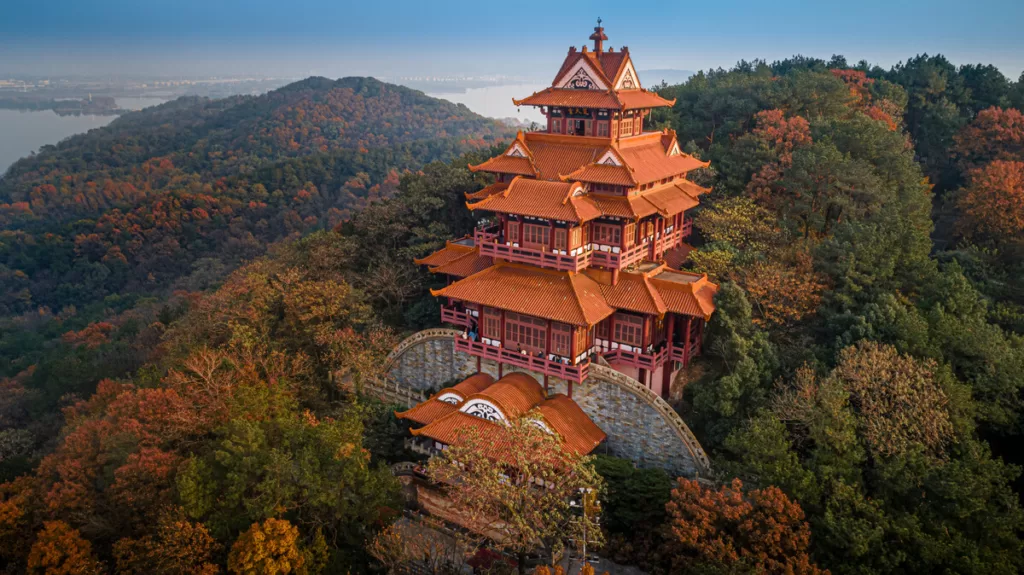
Moshan Hill Scenic Area - Adembenemend landschap met culturele elementen uit Chu
Attracties rond East Lake

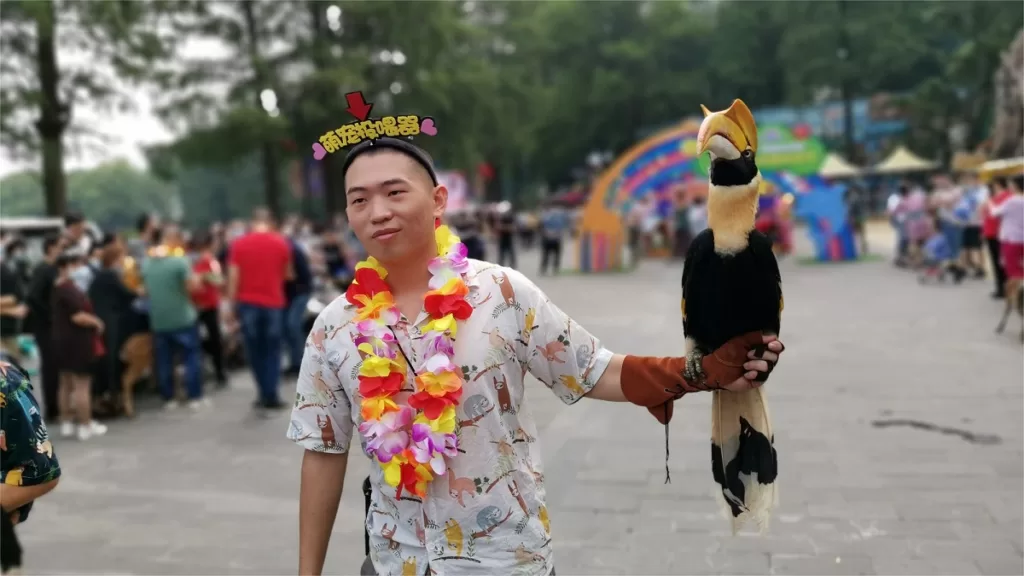
Wuhan Oost-Oostmeer Oceaanpark

Oostelijk Luoyan meer
Hubei landschap, Wuhan bezienswaardigheden